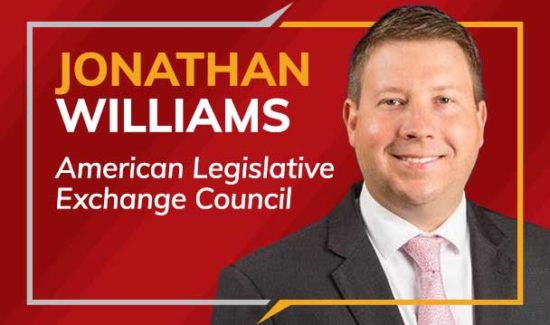The Day the World Stopped Turning
The scene was my parents’ house, 4th of July weekend. It was 10 months after September 11th. The tragedy was still on the minds of many, particularly during this time of patriotic reflection. Apparently, it was on the minds of some children as well.
My six-year-old niece, Jordan, was in the spare bedroom, doing crafts, putting together puzzles, drawing pictures�"the kind of things expected of any little girl. But September 11 had changed that.
“Grandma,†she innocently called to my mom, “come in and see what I drew.â€
Her face was expressionless as my mom entered the room. My mom was stunned at what she saw.
Jordan had filled her usually happy chalkboard not with flowers, teddy bears, and ballerinas, but instead a chilling illustration. On the left were two twin skyscrapers, sectioned into about 50 squares representing office windows. To the right was a doomed jet airplane darting straight toward the top of the building. A person was plummeting from the tower, about to splatter on the pavement. Underneath the airplane were two people on the ground with large tears falling from their faces. At the right was a giant figure, standing as high as the tower, crying. His extra large heart had a crack through it.
“That’s that Tuesday,†explained Jordan, remembering the exact day of the week, “when those bad people flew the airplane into the building. This is a person falling. These two people are on the ground crying; they’re sad. And this big person is God. He’s sad. His heart is broken.â€
My parents have saved the chalkboard.
Today, Jordan is a young woman in a training program with a major pharmaceutical company. She vaguely remembers 9/11.
But who doesn’t remember 9/11? For one, my college freshmen here at Grove City College�"in Grove City, Pennsylvania. They were born in either 1999 or 2000. Think about that. They don’t remember. How would you explain it to them? How do I as their professor teach it?
It’s not easy.
But one lesson about it is easy. It’s a teachable moment in a modern world rife with moral relativism. 9/11 offers a rare moment to teach them that there is such a thing as good and evil, despite what their culture and their secular university might be trying to teach them to the contrary.
Moral relativism explains where we are today. One can hear it everywhere, at family reunions, in the workplace, on TV, behind the pulpit. One of its strongest outposts is the university. The college classroom is the locus from which so many young people have absorbed this destructive belief system. They take it into the world, integrating it into what they do and say and watch and read, expressing it in their voting preferences.
And here is where September 11 helps, especially for students and young people generally. When their professor declares there is no absolute evil or wrong, a student can hastily chime in: How about when the terrorists crashed those airplanes into the World Trade Center buildings and murder all those innocent civilians�"eh, professor?
Any professor who asserts that that act was not wrong or not necessarily wrong is exposed to all as a moral moron.
There are many ways that September 11 has impacted America. But above all, it enabled the vast majority of Americans to collectively see that there is evil in the world. That is no small achievement for our culture and country today.
For American Radio Journal, I’m Paul Kengor. Check out my latest book A Pope and a President, on John Paul II and Ronald Reagan.





